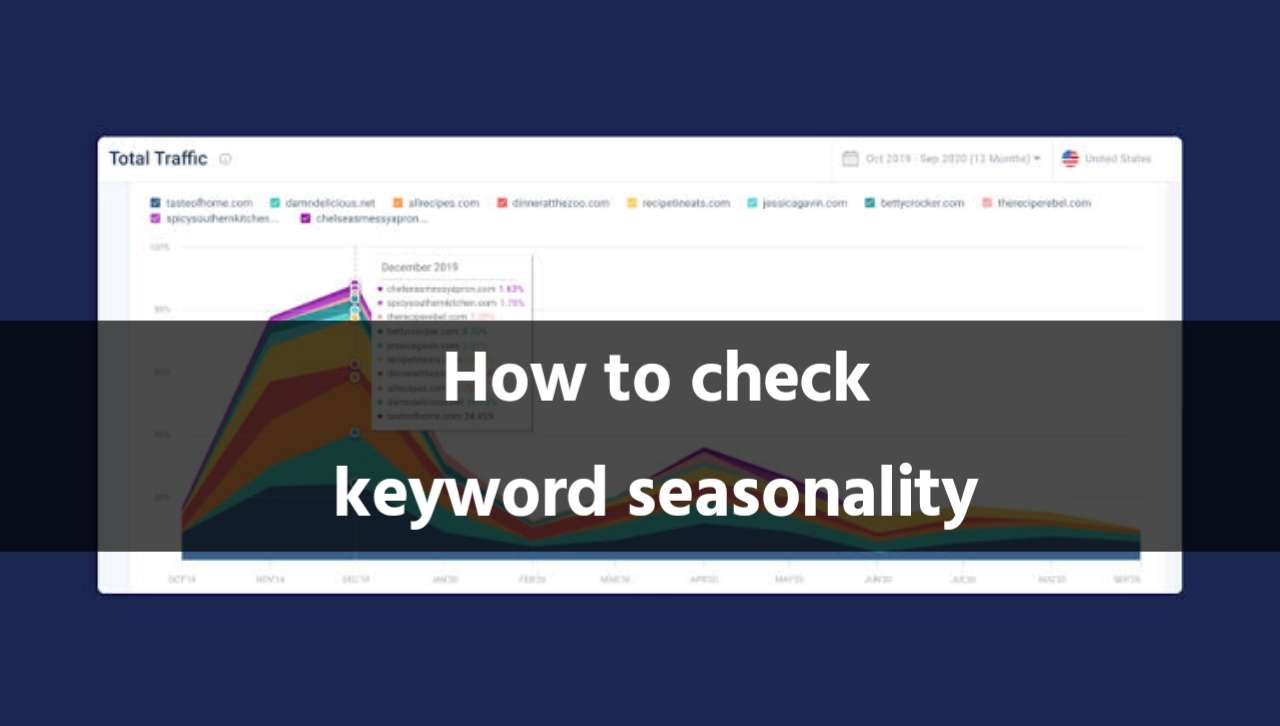How to check keyword seasonality

How to check keyword seasonality
- Use the keywords in your title tags and meta descriptions.
- Use the keywords throughout your content, but don’t overdo it.
- Create images and videos that are relevant to the keywords.
- Promote your content on social media and other channels during the relevant season.
Here are some of the best tools to check keyword seasonality:
- Google Trends
- Google Search Console
- SEMrush
- Ahrefs
- Moz
- Majestic
Once you have identified some seasonal keywords, you can use this information to create content and marketing campaigns that target these keywords. This will help you to get more traffic to your website during the times when people are most likely to be searching for these keywords.
Read: View Seasonal Keywords – Similarweb Knowledge Center
Also check:
| Meme Marketing (What is and How to) |
Here are some tips for optimizing your content for seasonal keywords:
- Use the keywords in your title tags and meta descriptions.
- Use the keywords throughout your content, but don’t overdo it.
- Create images and videos that are relevant to the keywords.
- Promote your content on social media and other channels during the relevant season.
There are a few ways to check keyword seasonality. One way is to use a keyword research tool like Google Trends. Google Trends allows you to see how search volume for a keyword has changed over time. You can use this information to see if a keyword is more or less popular during certain times of the year.

To check keyword seasonality, you can follow these steps:
- Keyword Research Tools: Use keyword research tools like Google Trends, SEMrush, or Ahrefs to analyze the search volume trends for your target keywords over time. These tools can provide insights into the popularity of keywords during different seasons or periods.
- Enter Your Keywords: Enter your target keywords into the search bar of the chosen keyword research tool.
- Set Date Range: Set the date range to analyze the search volume trends over a specific period. You can select the past few years to get a broader understanding of the seasonality.
- Analyze Trends: Examine the search volume graph and observe any recurring patterns or fluctuations in search volume throughout the year. Look for peaks and valleys in the graph that may indicate seasonal trends.
- Compare Seasons: Compare the search volume trends for different seasons. Identify any consistent patterns of increased or decreased search volume during specific months or periods.
- Industry Knowledge: Consider your industry or niche-specific knowledge to understand if there are any seasonal trends associated with your keywords. For example, certain keywords related to holidays, events, or seasonal products may have obvious seasonality.
- Analyze Historical Data: If you have access to your own website or marketing analytics, review historical data to determine if there are any recurring patterns or trends for specific keywords during certain seasons or periods.
- Validate with Other Sources: Cross-reference your findings with other sources like industry reports, market research, or competitor analysis to validate the observed seasonality trends.

Another way to check keyword seasonality is to use Google Search Console. Google Search Console allows you to see how your website has performed in search results over time. You can use this information to see if there are any patterns in the traffic to your website. For example, you might see that your website gets more traffic during certain holidays or seasons.
You can also check keyword seasonality by looking at your own website traffic data. If you have a web analytics tool like Google Analytics, you can see how much traffic your website gets for different keywords. You can use this information to see if there are any patterns in the traffic to your website.





